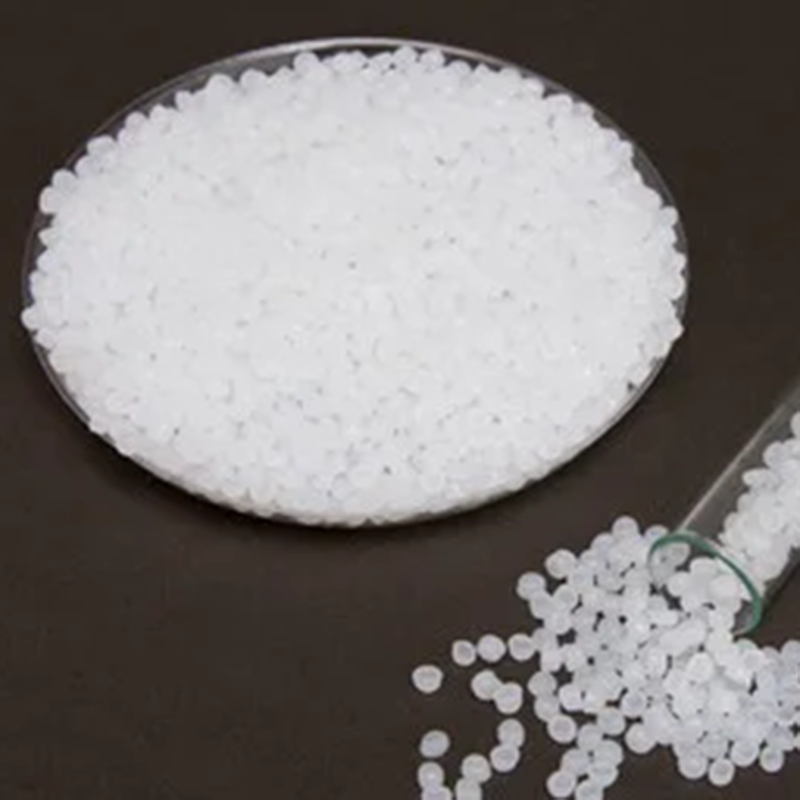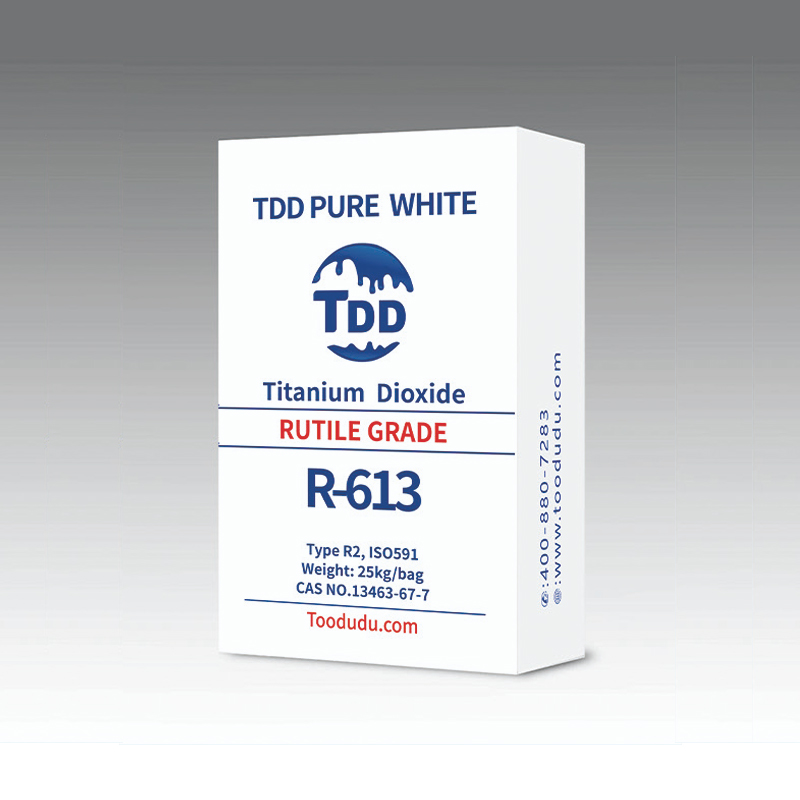Gloves are hand warmth or labor protection products , and they are also used for decoration. Gloves are a very special thing. They were not originally created for practicality. Only in modern times have they become essential for thermal insulation in cold areas , or as medical antibacterial and industrial protective equipment . Gloves are divided into sewing, knitting, dipping, etc. according to the production method. But in addition to gloves in the traditional sense, today’s gloves have a deeper meaning, which is completely different from traditional gloves. This is due to the rise of online games, which has led to the emergence of overwhelming names of game equipment . Due to the large number of game players, especially compared to traditional industries, more information on gloves on the Internet is related to online game equipment. Gloves were the earliest Originated in ancient Greece .

Classification #
Classification by production method #
Gloves are divided into sewing , knitting, dipping, etc. according to the production method . Gloves are cut and sewn from a variety of leather, rubber, knitted or woven fabrics . Knitted gloves are made of pure or blended yarns of various textile fibers . They are knitted on a glove machine and undergo sewing processing, such as clamping , ruffing, sewing fingertips and finger forks, etc., and then go through brushing or shrinking and heat setting. Finished products. The structures of knitted gloves include plain stitch , rib, tuck , leno , etc., and the styles include plain color and yarn-dyed jacquard . Labor protection gloves are required to be relatively thick, and some are surface-coated to improve wear resistance, anti-skid, and waterproof properties. Decorative gloves need to be beautiful, and most of them undergo artistic processing such as embroidery and beading.
Classification by material
Gloves are divided into cotton , plush, leather, microfiber , cloth, rubber, etc. according to their materials.
Classification by finger shape #
According to the shape of the fingers, they are:
Split-finger gloves : Each has 5 separate long pocketed fingers;
Mittens: Mengzi from Northeast China, with the thumbs separated and the remaining four fingers connected together.
Three-finger gloves: The thumb and index finger are separated, and the remaining three fingers are connected together.
Straight gloves: 5 fingers connected together.
Half-finger gloves: each finger part is not closed, only the first section is covered.
Fingerless gloves: no finger part, opening at the heel.
The fewer fingers that are separated, the better the insulation effect on the fingers, but at the same time it limits the movement of the hand. In addition to decoration on half-finger and fingerless gloves, fingerless gloves also offer increased finger flexibility.
Material #
Glove materials for mechanical injuries #
1.(1) Metal wire – common stainless steel wire, but also chromium alloy wire, mainly used to make cut-resistant gloves. This type of material has the strongest cut resistance and is easy to clean, but it is heavy and inconvenient to use.
2.(2) Kevlar, Spectra and other synthetic yarns – are also better cut-resistant synthetic fiber materials. Although the cut-resistant ability is not as good as that of metal wires, they are lightweight and comfortable to use. And after improvement and processing, some products can also achieve cut-resistant products. The highest level of standards.
3.(3) Nitrile (with fabric lining) – has anti-wear and puncture resistance, flexible and comfortable to use.
4.(4) Natural latex (with fabric lining) – has good elasticity, is particularly flexible, and has certain resistance to wear, tear and cut.
5.(5) PVC (with fabric lining) – can provide a certain degree of wear and puncture protection. If the material is thicker, it can also have a certain degree of cut resistance, but not tear resistance.
6.(6) Leather – a natural material that has unique properties through various tanning treatments. Leather can be divided into: cowhide, which has the advantages of being comfortable, durable, breathable and wear-resistant. After chrome treatment, it is more durable and can resist high temperatures; pigskin , which has large pores, has the best breathability and can still maintain good quality after being washed. The softness without becoming hard; sheepskin is the most comfortable, most durable and has the best wear resistance, but because it is too expensive, it is generally only used in industries with higher requirements for touch.
High temperature resistant material #
(1) Novoloid – a new type of high-tech synthetic fiber that does not melt, resists flames, and is resistant to high temperatures. It can withstand high temperatures up to 1100°C. It is soft and comfortable, and can resist the erosion of many chemical substances . It will not be affected even after repeated washing. Its high temperature resistance.
(2) Kevlar – is a widely used aromatic synthetic fiber that is not only resistant to cuts, but also resistant to high temperature damage.
(3) Aluminum-plated material – can resist radiant heat at higher temperatures .
(4) Leather – if kept dry, it has good low temperature resistance . At the same time, its non-melting and non-burning characteristics make it often used to make welding gloves .
(5) Cotton – is also a natural material that can properly protect against high and low temperatures. However, due to the need to meet protective requirements , the gloves are made thicker and not flexible enough.
Anti-electrical damage material #
Usually electrical insulating gloves are made of pure natural latex . Latex is divided into dry glue and wet glue. Insulating gloves made of wet glue have a long processing cycle and high production costs , but the product has particularly good elasticity and is very flexible to use. In addition, due to the particularity of live work and the characteristics of electrically insulating gloves themselves, when wearing this type of gloves, you must first put on pure cotton gloves (sweat-absorbent, anti-slip), then put on latex gloves , and finally put on leather protection Gloves to prevent insulating gloves from being punctured by sharp objects.
Glove Materials Resistant to Electrical Injury Electrically insulating gloves are specially designed and rigorously tested to ensure safety.
Material of chemical resistant gloves #
Chemical -resistant gloves are made of a wide variety of chemicals with different properties. Special attention should be paid to selecting chemical-resistant gloves.
Natural latex – Generally speaking, natural latex has a good protective effect against aqueous solutions, such as acid and alkali aqueous solutions. Its advantages are comfort, good elasticity and flexible use.
Chlorosulfonated polyethylene – has protective properties against most chemicals, can protect against alkalis, oils, fuels and many solvents, and has good resistance to high and low temperatures, wear resistance, bending resistance, etc.
Anti-vibration gloves are usually made of three-layer structure gloves. The inner and outer layers are made of leather or soft and comfortable synthetic fiber, and the middle layer is made of silicone or other polymers that can effectively absorb vibration . Precautions in Glove Selection and Use Whether the gloves are selected appropriately and used correctly are directly related to the health of the hands.
Glove function selection #
The wire gloves imported from the United States are made of stainless steel rings. Each steel ring is welded. They are fine in workmanship, comfortable to wear, strong and durable, and have good protective performance. It is widely used in: clothing cutting , floor segmentation, meat processing, bone saw operation, leather cutting, etc. The main industries include: slaughtering, meat processing, clothing factories , furniture factories, steel factories, supermarkets, etc.
Generally speaking, protection during tool opening in locations where power tools are used for cutting.
Materials and performance of anti-static gloves
Made of special anti-static polyester cloth , the base material is composed of polyester and conductive fibers . The distance between conductive fibers is 4mm. The gloves have good elasticity and anti-static properties to avoid damage to products caused by static electricity generated by the human body. It is suitable for use in the electronics industry, semiconductor , dust-free workshops and widely used in daily life. It is used in anti-static, purified and dust-free workshop environments that require the use of gloves. Wearing anti-static gloves can prevent the operator’s fingers from directly contacting electrostatic- sensitive components , and can safely discharge the electrostatic charge on the human body carried by the operator . It is necessary for workers in the semiconductor industry, optoelectronics industry, semiconductor manufacturing industry, electronic picture tube manufacturing industry, computer motherboard manufacturing enterprises, mobile phone manufacturing factories, etc. to wear it when working. Mainly used in anti-static environments that require the use of gloves, such as electronics, instrumentation and other industries.

 2024-02-19
2024-02-19 



